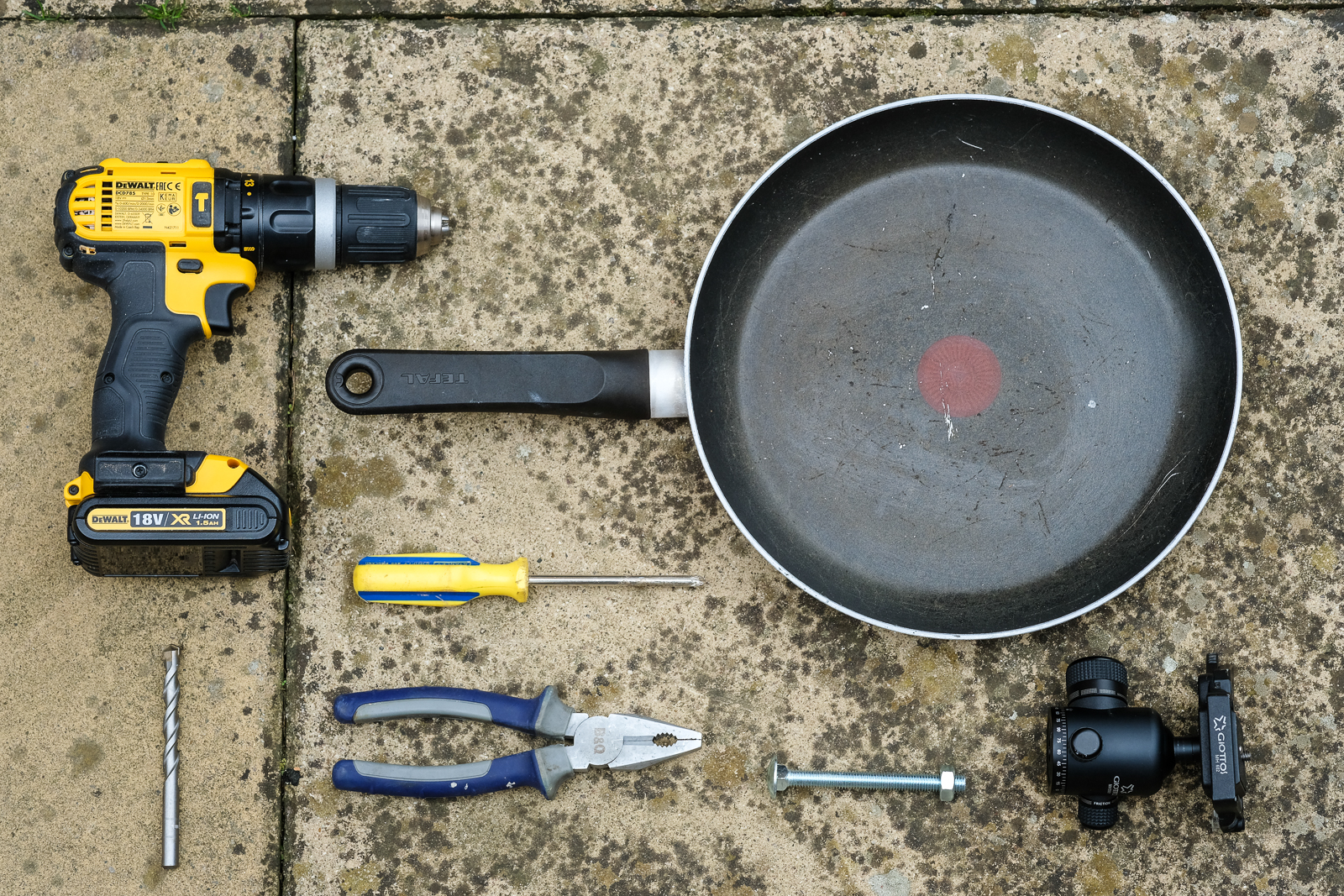Steven Hanna is fortunate enough to live close to the beautiful Causeway Coast in Northern Ireland. Spending a lot of time shooting by the sea, he is well experienced to share a few tips to help you get the best from your seascapes.
seascape
Have a little patience – a guide to successful long exposure images
Fujifilm X-Ambassador gives us a very comprehensive, yet easy to follow guide to long exposure – not to be missed..
How a frying pan can help with your picture taking
Find out how a frying pan can help with your low-angle shots.


